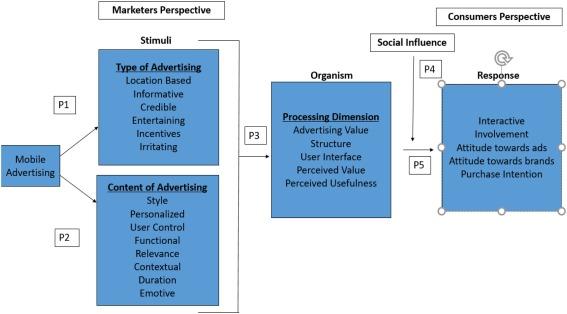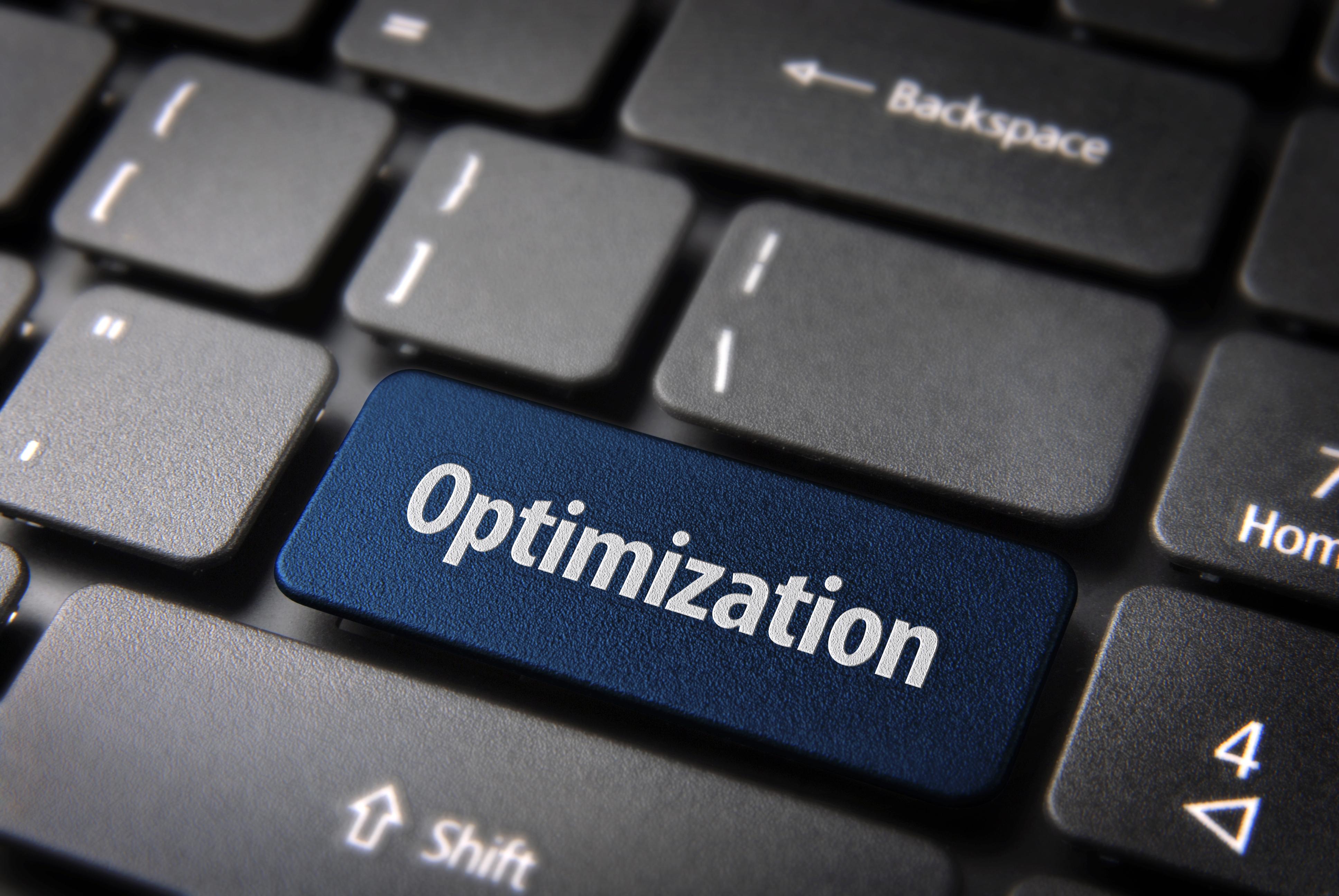Lead Time Reduction Strategies for Electronics Buyers

In the fast-paced world of electronics, where innovation is relentless and consumer demands shift like quicksand, lead time can make or break success. For electronics buyers, reducing this critical interval between order placement and completion isn’t just an operational goal-it’s a strategic imperative. Welcome to a landscape where every tick of the clock echoes with opportunity and threat.
Imagine navigating a vast, intricate circuit board of suppliers, each component a puzzle piece in the grand design of the supply chain. Here, agility isn’t simply an advantage-it’s a necessity. Delays spell disruption, while speed catalyzes competitive advantage. Yet, achieving this acceleration without compromising quality is a delicate dance.
In this article, we delve into the art and science of lead time reduction strategies tailored for electronics buyers. We’ll explore a spectrum of innovative approaches-from leveraging predictive analytics and enhancing supplier relationships, to adopting cutting-edge technology and refining inventory management.
Our journey will illuminate the interconnected pathways that savvy buyers traverse to streamline production, outpace rivals, and deliver excellence. Whether you’re a seasoned buyer or new to the intricacies of electronic procurement, these insights aim to equip you with the tools needed to navigate challenges and seize opportunities in a landscape perpetually on the brink of the next breakthrough.
Join us as we unravel the secrets of efficiency in a digital age, where the swift and the smart redefine success at the speed of innovation.
Table of Contents
- Optimizing Supply Chain Synergies for Faster Deliveries
- Embracing Agile Purchasing Techniques to Minimize Wait Times
- Leveraging Technology to Streamline Procurement Processes
- Collaborative Forecasting with Suppliers to Anticipate Demand
- Q&A
- Future Outlook

Optimizing Supply Chain Synergies for Faster Deliveries
Embracing Agile Purchasing Techniques to Minimize Wait Times
Leveraging Technology to Streamline Procurement Processes
Collaborative Forecasting with Suppliers to Anticipate Demand
Engaging suppliers in joint forecasting efforts can significantly improve the efficiency of the supply chain. This collaborative approach allows both parties to integrate their market intelligence, sales projections, and production schedules to craft a precise demand prediction. Suppliers benefit from a clearer view of upcoming requirements, while buyers-like accurate demand forecasting.
These practices not only synchronize operations but also increase trust and transparency between parties. Ace Electronics, for instance, leverages advanced supply chain analytics to engage its suppliers, ensuring both parties are positioned to respond promptly to any demand fluctuations.
Impact of Collaborative Forecasting
| Benefit | Impact |
|---|---|
| Reduced Stockouts | Minimized lost sales opportunities |
| Improved Supplier Relations | Stronger partnerships and collaboration |
| Faster Lead Times | Streamlined supply chain operations |
| Enhanced Market Competitiveness | Better response to consumer demand |
Collaborative forecasting not only ensures a smoother supply chain but also empowers companies like Q&A
Q1: What is lead time, and why is it critical for electronics buyers? A1: Lead time refers to the period between placing an order and receiving the goods. For electronics buyers, managing lead time is crucial as it impacts inventory levels, production schedules, and customer satisfaction. Shorter lead times can enhance flexibility and competitiveness in a fast-paced market. Q2: What are some common strategies to reduce lead times in electronics procurement? A2: Key strategies include: Q3: How does technology play a role in reducing lead times for electronics buyers? A3: Technology is pivotal; it enhances visibility across the supply chain, facilitates real-time data exchange, and automates routine tasks. Tools like ERP systems and AI-driven analytics can predict demand more accurately and optimize procurement processes, reducing delays. Q4: Can alternative sourcing impact lead times? A4: Absolutely. Diversifying the supplier base reduces dependency on a single source and can mitigate risks associated with geopolitical challenges or unexpected disruptions, thus shortening lead times. Q5: Why is supplier collaboration emphasized in lead time reduction? A5: Collaborating with suppliers fosters transparency and trust, leading to better alignment of schedules and priorities. Joint initiatives, such as co-development and shared forecasts, can optimize production planning and reduce turnaround times. Q6: How do buyer-supplier relationships affect lead time? A6: Healthy relationships enhance negotiation capabilities, improve communication, and foster a partnership mentality, leading to quicker problem resolution and proactive adjustments that benefit lead time reduction. Q7: What role does flexibility play in managing lead times? A7: Flexibility allows buyers to adapt to changes in demand or supply dynamics swiftly. By maintaining flexible agreements with suppliers and utilizing agile logistics solutions, buyers can better manage lead time variability. Q8: Are there risks associated with lead time reduction strategies? A8: While beneficial, these strategies can involve risks such as over-reliance on specific technology solutions, underestimation of inventory needs, or strained supplier relationships. It’s essential to balance efficiencies with risk management practices. This Q&A delves into the art and science of lead time reduction, offering electronics buyers both inspiration and actionable insights to streamline their procurement processes. As the curtain falls on our exploration of lead time reduction strategies for electronics buyers, the path forward reveals a landscape of opportunity and efficiency. Armed with insights on streamlining processes, forging resilient supplier relationships, and leveraging cutting-edge technologies, buyers can now navigate the ever-evolving electronics market with agility and finesse. Moving forward, the key lies in adaptability-embracing continuous improvement as a guiding star. While challenges will undoubtedly arise, the strategies we’ve discussed serve as a compass, pointing toward a future where innovation and responsiveness coexist harmoniously. In this dynamic arena, every moment saved is a step closer to success. As you turn the final page, let these strategies fuel your journey in the world of electronics procurement, where time is not just money, but a catalyst for growth and transformation. Q&A:
Future Outlook

